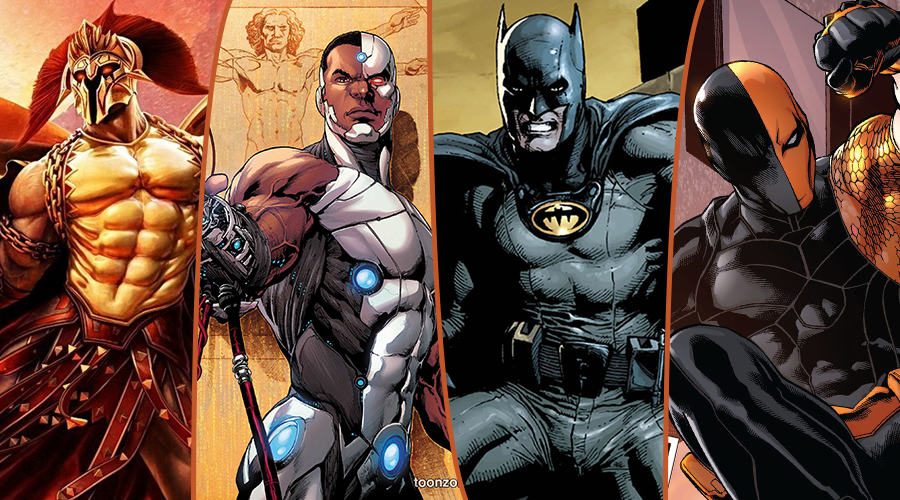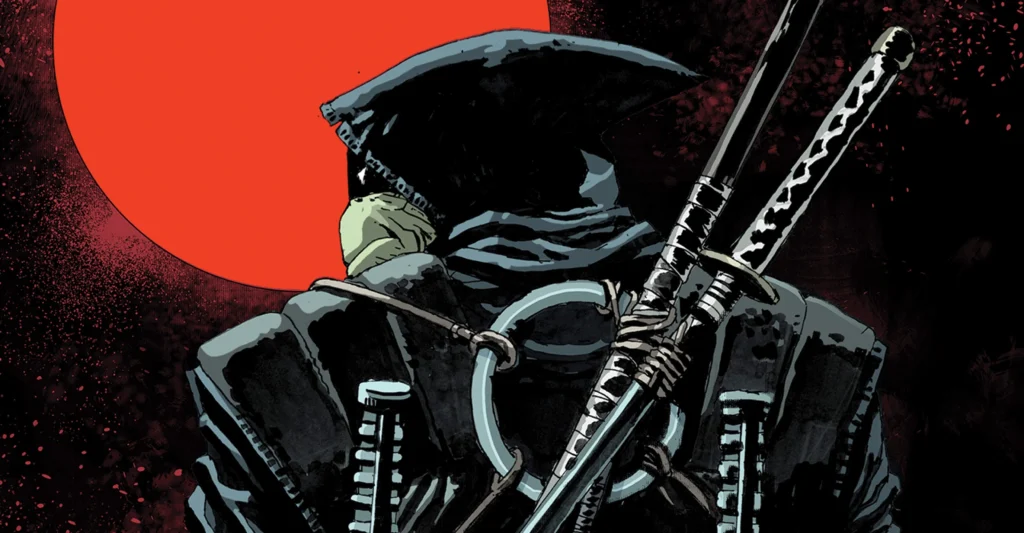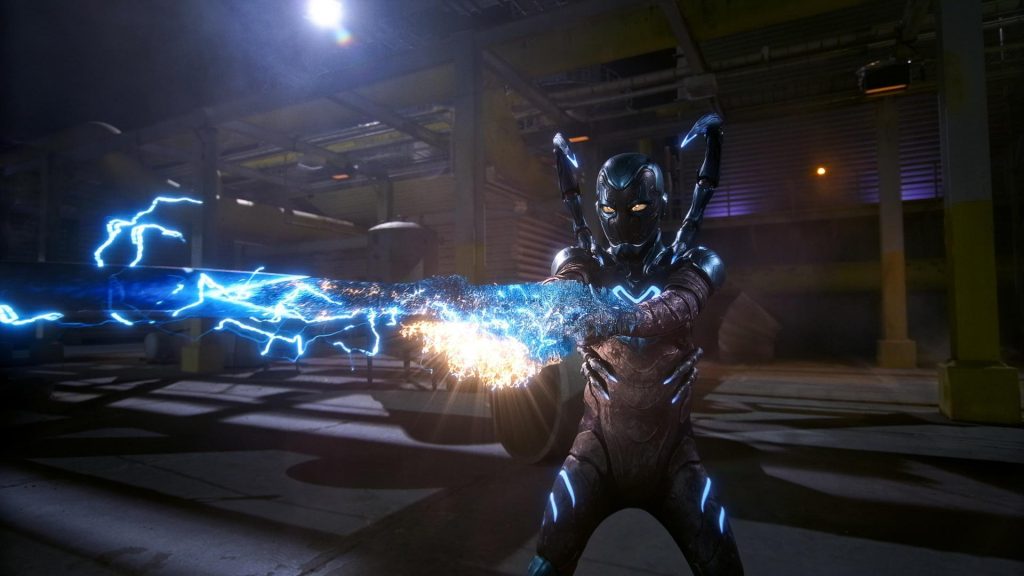Justice League’s opening weekend numbers were disappointing, and comic book movie fans knew exactly who was to blame. It wasn't director Zack Snyder, who left the project before it was completed. It wasn't Joss Whedon, who did all he could have done in a limited amount of time. No, it was the studio again. They were uncertain about Snyder's vision, and then limited Whedon's options by restricting the length of the theatrical cut.
Who can tell a cohesive story about six powerful and complex superheroes and the villain they have in common, and then throw in a resurrection and the end of days, all in a mere 120 minutes?
Following Justice League's release, there were numerous online reports about the movie’s deleted scenes. While some of the scenes weren’t essential to the plot, others truly explored the characters, provided better connections with the rest of the shared universe, and combined to create a higher-quality film.
What were the deleted scenes about? Check it out here, but keep an eye out for spoilers!
Knightmare Connections

The Knightmare scene was one of the most bewildering scenes in Batman v Superman: Dawn of Justice, and it could have found a better explanation in Justice League. What was the scene all about? Was it a warning from the future? A bad dream? A villain desiring to influence Batman?
According to Kevin Smith, Steppenwolf attempts to lure Superman over to his side in one of the deleted Justice League scenes. The Man of Steel has a vision of Darkseid that’s similar to Batman’s BvS scene. This scene would have made it clear that these visions were actually attempts by the New Gods to find recruits.
The Olympian God Ares used the same trick on Wonder Woman.
Superman does snap out of it, and obviously declines to join Darkseid's legions. Again, leaving this scene in would have been the most effective way to explain the BvS Knightmare scene. And it would have provided further details (besides that For Darkseid line) about who’s behind Steppenwolf.
Steppenwolf's Motivation and Fate
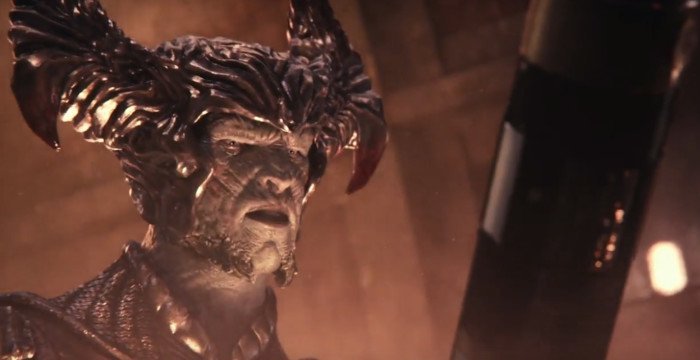
Prior to Justice League, there were reports that the relationship between Steppenwolf and Darkseid would be different from their comic book relationship, with Steppenwolf as nephew rather than uncle. The theatrical cut debunked the reports, but only after the reshoots.
Steppenwolf was originally presented as a disgraced general who was Darkseid’s nephew. But it goes further than that. Steppenwolf is after the Mother Boxes, not only because they form the Unity and are the key to destroying everyone, but because they actually contain the essence of Heggra, who’s Steppenwolf’s mother and Darkseid’s sister in the DC Extended Universe.
Deleted Justice League scenes actually contain conversation between Steppenwolf and his Mother (once the Unity was formed).
Also, Steppenwolf wants to use the Unity, but not for Darkseid. He wants to use it to take away Darkseid’s power. He assumes the role of a usurper, and intends to return to Apokolips with the power of the Unity. He obviously doesn't succeed. Nonetheless, this would be a more interesting backstory than what we wound up with.
The fate of Steppenwolf is also revealed in a deleted scene. The boom tube that opens in the end and takes the supervillain and his Parademons away sends him to Apokolips, where Darkseid quickly kills him. So the DC Comics big baddie was supposed have a second cameo in Justice League.
Green Lantern Credits Scene
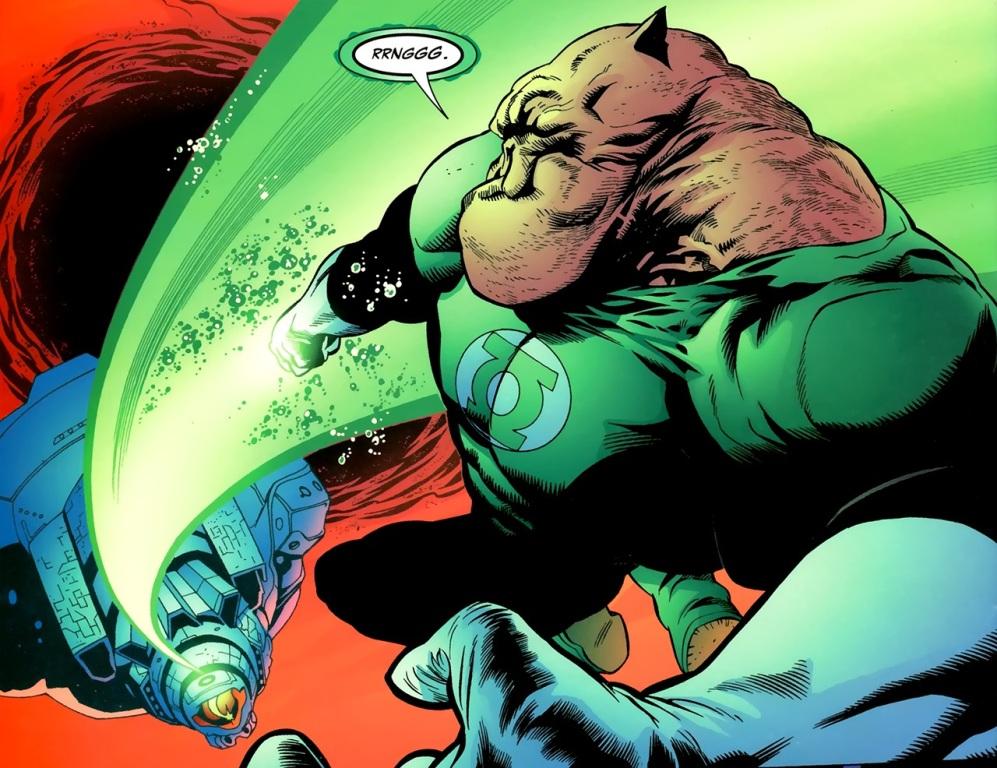
As fun and interesting as the credits scenes were, we missed a deleted credits scene that was even better because it featured fan-favorite Green Lanterns Kilowog and Tomar-Re.
In the scene, a green light awakens Bruce Wayne before the aforementioned Lanterns show up. More than one website reported that the scene was cut in the post-production phase, so we don't know the purpose of the visit. But we’re pretty sure that it isn't a courtesy call. Rather, the Lanterns might be there to warn Wayne about another imminent threat.
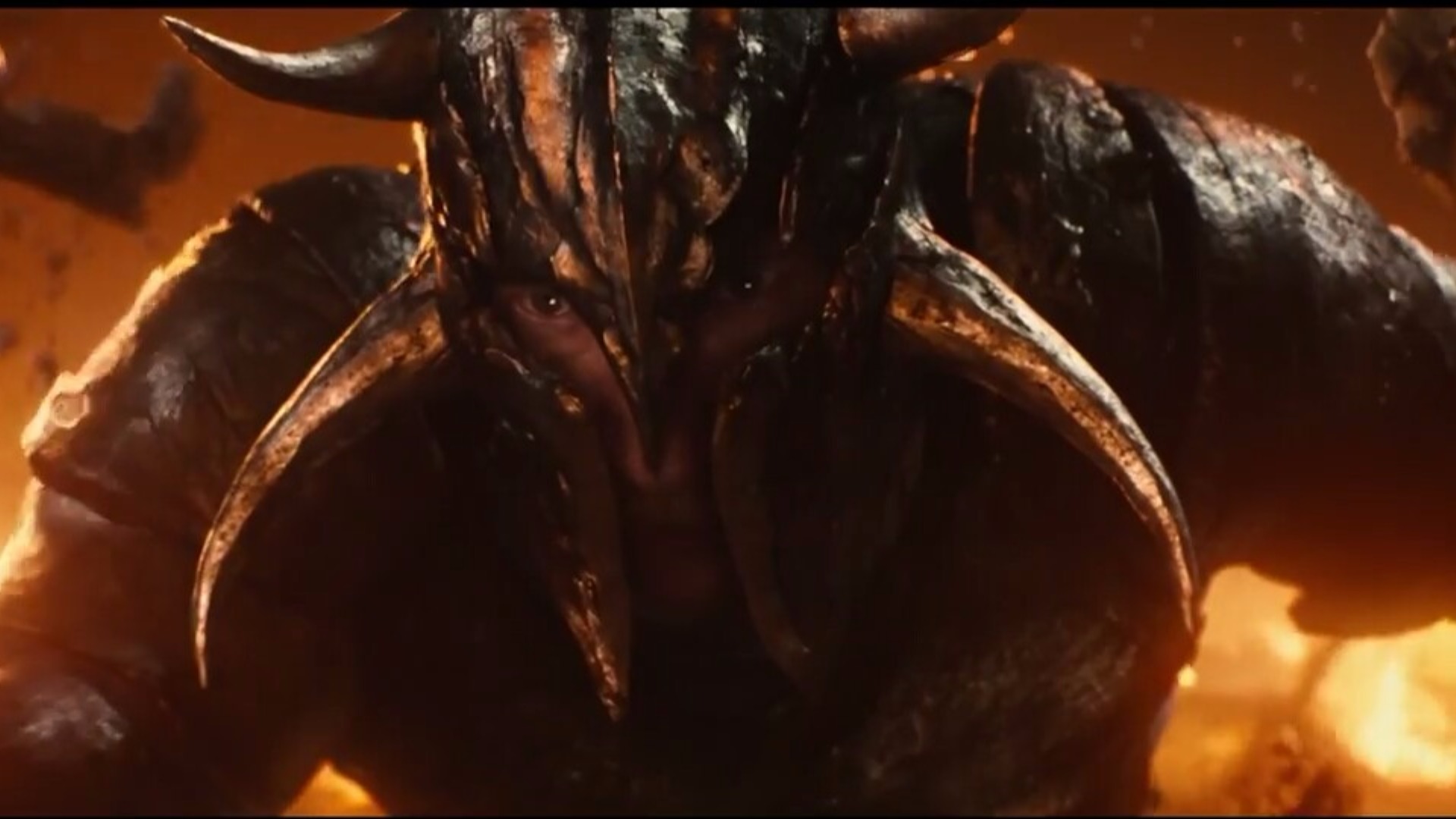
The same sources say that the Green Lantern we see in the ancient battle actually had lines to speak, as did Zeus, Ares, Hippolyta, and Antiope. Blame it on the 120-minute runtime length the studio imposed. If not for that, maybe that battle scene would have been a little more fleshed-out, although it was still awesome.
Deathstroke Helps Lex Luthor Escape

Speaking of credits scenes, we learn that Lex Luthor has escaped Arkham and is pursuing his own nefarious plans, with some assistance from Deathstroke.
The scene works on its own, but details are missing. For example, given Batman's connection, how does Luthor manage to escape? Has Luthor already met Deathstroke, or is Deathstroke just a gun for hire?
In a deleted Justice League scene, Slade Wilson helps Luthor break out of Arkham. They part ways, but not before agreeing to meet at a previously designated place. So this means that the two have been in contact for some time.
Just another essential scene that didn't make it into the film.
Cyborg's Accident and Evolution

Take this with a grain of salt. Apparently, the original plan was for Justice League to touch on the accident that set off Victor Stone’s transformation into Cyborg (in early trailers, he was seen playing football).
In the deleted scene, Victor’s driving home with his mother, angry because his father didn’t show up to support him – again. His mother tries to calm him, but he becomes even more angry, which is when the accident happens. Such a scene would have given us more information about the character, and his role as an outcast. In addition, it would have helped to explain his father's attempt to bring him back.
We know that the studio intended to explore Cyborg's evolution and discovery of his powers in Justice League. Days after the movie’s release, clips surfaced that had him going through the various stages of his transformation. He realizes that he’s developed new abilities, including that of controlling technology. The movie does include his discovery that he can fly, though.
Addressing Murderous Batman
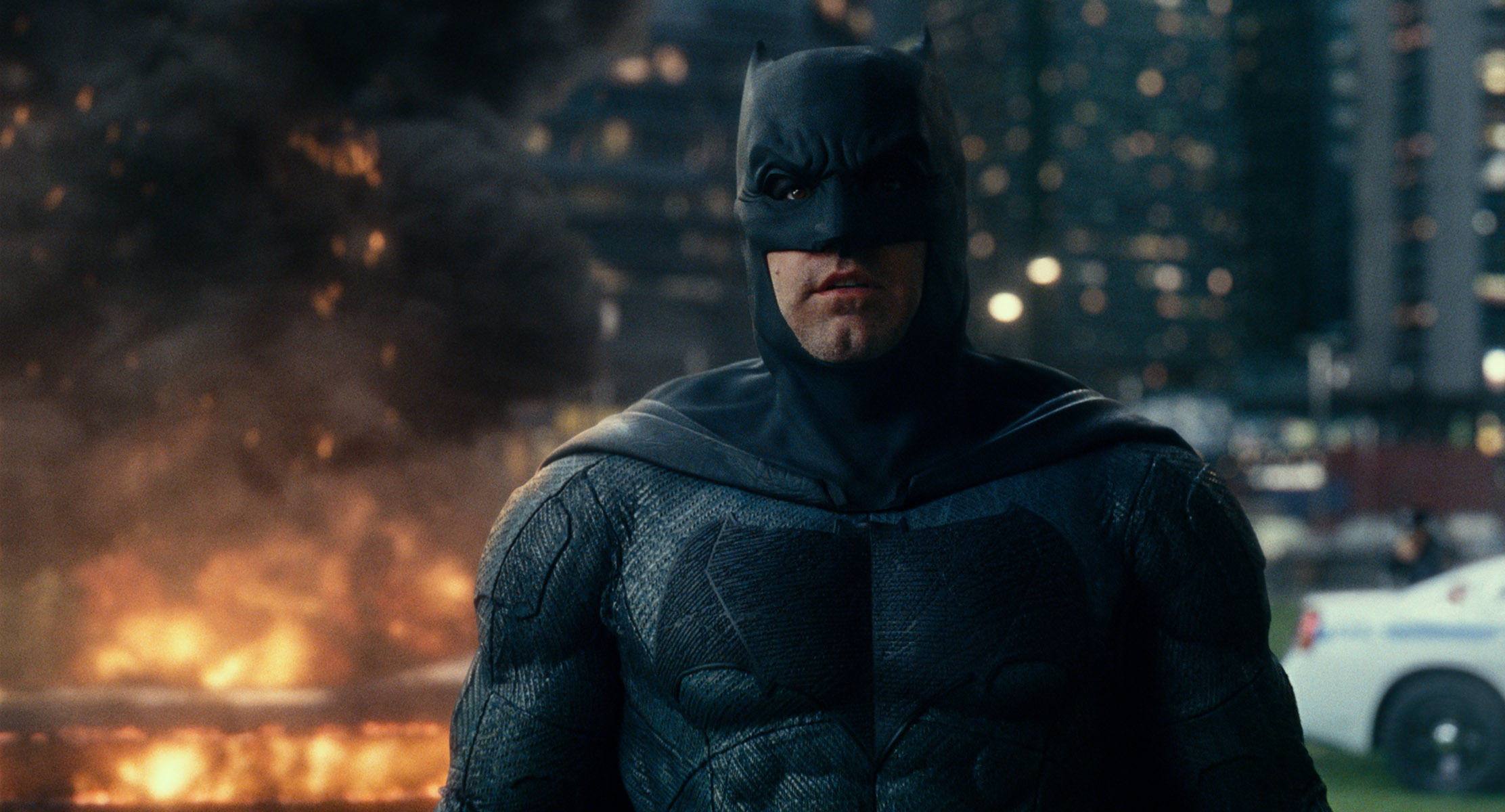
In addition to the confusing Knightmare scene, Justice League was supposed to address Batman’s murderous nature. The film explained it, but some fans were just not satisfied.
The scene in which Wonder Woman pops Bruce Wayne's shoulder went differently before the reshoots. The exchange was supposed to reference Wayne’s guilt over killing others, along with his feeling that such guilt can only be washed away through his own sacrifice.
It does sound a bit cheesy and illogical. But it explains Batman's out-of-character, completely unnecessary, and totally illogical plan to break the shield surrounding Steppenwolf's base and attract all of the Parademons.
Superman's Resurrection

If you agree that Justice League feels rushed, Superman's resurrection is a major factor, as Batman suddenly realizes out of the blue that he can use a Mother Box to resurrect Superman (come on, the thinking behind this idea is ridiculous).
But the scene was intended to play out differently. First and foremost, when the Justice League visits the Batcave, Bruce Wayne talks about his Knightmare, which prompts him to believe that his imagined evil Man of Steel is, in fact, a Kryptonian resurrected by Darkseid.
This is just the first step. Next, Cyborg realizes that Kal-El's DNA also contains foreign genetic material, the Codex that played such an important part in Man of Steel. It’s only after that that the scenes we saw in the theatrical cut can take place.
Yes, we actually need these scenes.
Pa Kent
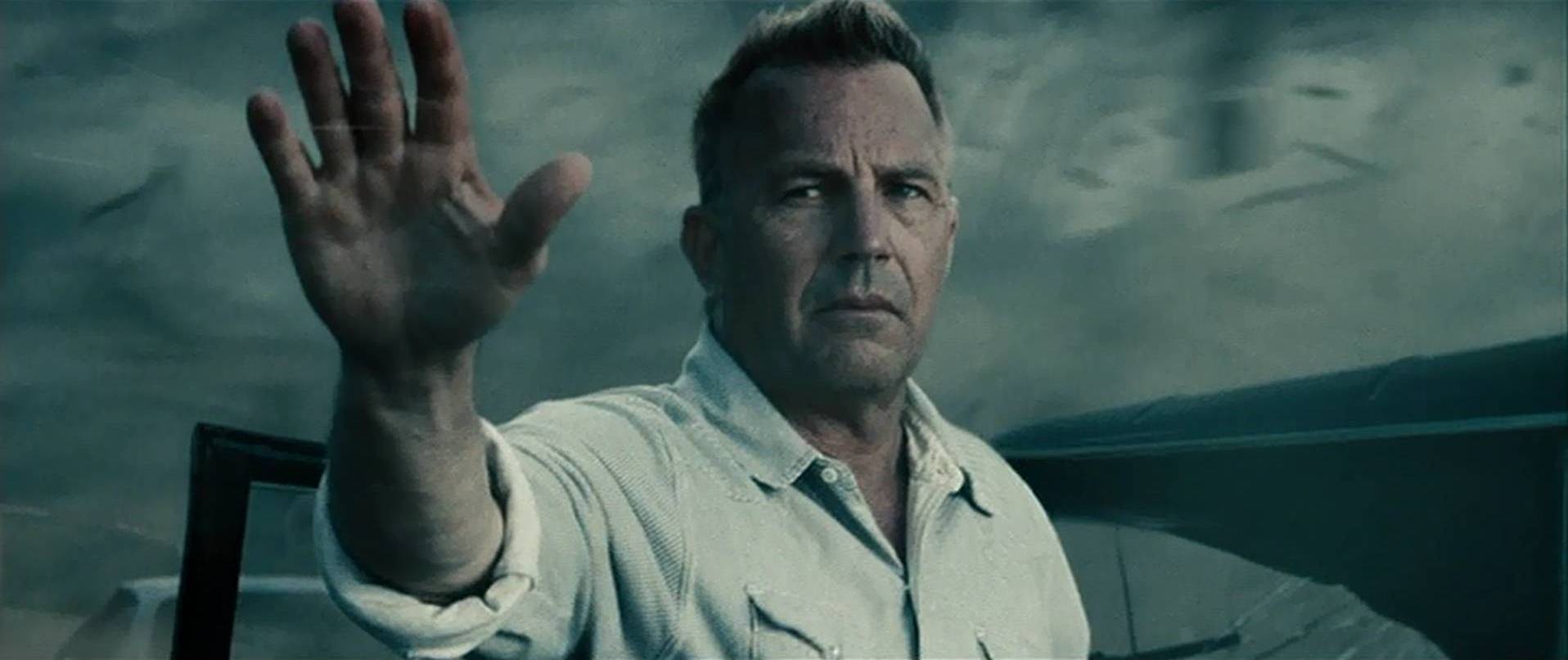
Evidently, there’s also a scene with Kevin Costner. But take this with a grain of salt, because we’ve seen contradictory reports.
After he’s resurrected and he fights with the League, Clark Kent flies to the farm with Lois Lane. He’s still confused and talking about hearing voices in his head (maybe a connection to the New Gods’ telepathic abilities?). His super-senses are waking up, but he can’t control them.
Martha Kent arrives and calms him down, as she did in Man of Steel. Superman leaves the house and sees his father, who offers him some advice about making peace with who he is. Then Superman flies to the Batcave, gets his costume (as we saw in an earlier trailer), and joins the League.
It amounts to this: Superman becomes a symbol of hope, but he’s not as overpowered as he was in the theatrical cut. So the fight with Steppenwolf would have been more interesting, and more than just a stomp.
Cyborg's Death
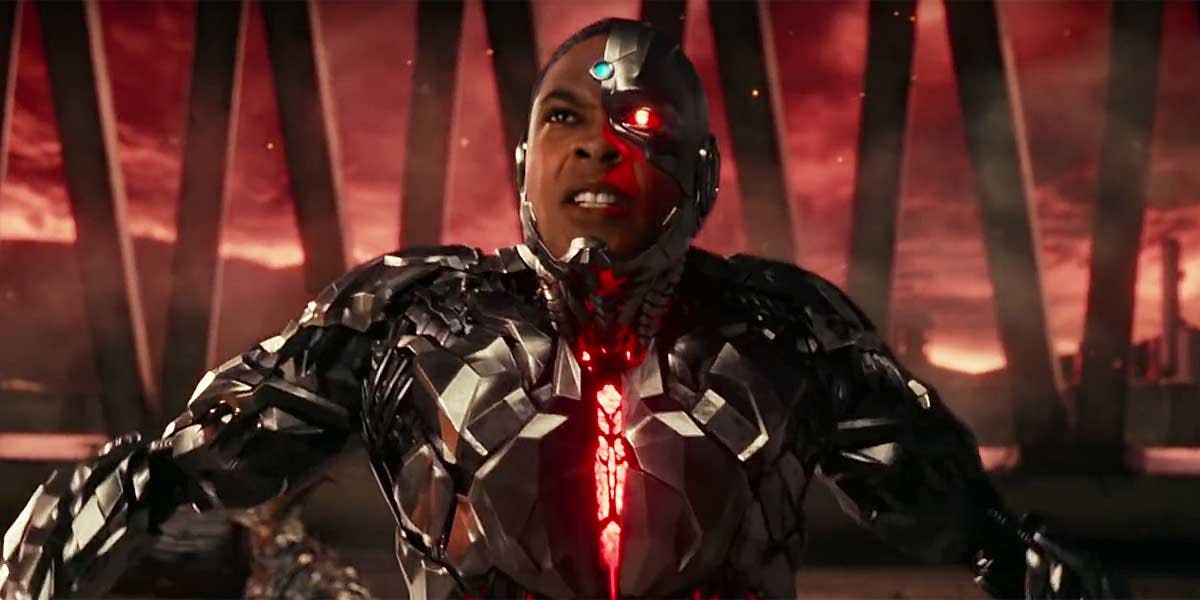
This could be interpreted as another Superman-like death moment from Batman v Superman: Dawn of Justice. Cyborg was supposed to meet a violent end when Steppenwolf tore him apart. The villain managed to do this because Cyborg was also supposed to fight Heggra’s influence.
When the fight’s over, Bruce Wayne takes his body. He and Flash realize that Cyborg’s mechanical parts can be made to function again, even though the organic tissue is dead.
Why is this an essential scene? Well, in light of the other deleted Cyborg scenes, this brings his arc to a conclusion that was non-existent in the theatrical cut. And it makes even more sense when you consider the character’s uncertain future in the DCEU.
If the fans connect with him, they’ll bring him back. If not, well"¦
There’s something else: As one of the most powerful members of the Justice League, Cyborg’s death would have made the threat seem more real. Instead, we saw Steppenwolf mop the floor with the League. Then Superman arrived and took care of Steppenwolf.
Teasing Aquaman’s Solo Adventure

We have to mention Aquaman, whose solo film arrives in 2018.
Like Cyborg’s, most of Aquaman’s backstory was deleted from Justice League. But we were supposed to learn much more about Atlantis than we saw in the film. Mera was expected to show up in more scenes, Vulko played an essential part in the Aquaman arc, Orm was the King of Atlantis, and Aquaman's refusal to join the League was explored in greater detail.
Aquaman is one of Justice League’s most enjoyable characters, but he could have been so much more.
What do you think? Were all of these deleted scenes essential? We feel that Justice League would have been a better movie had they been left in.

